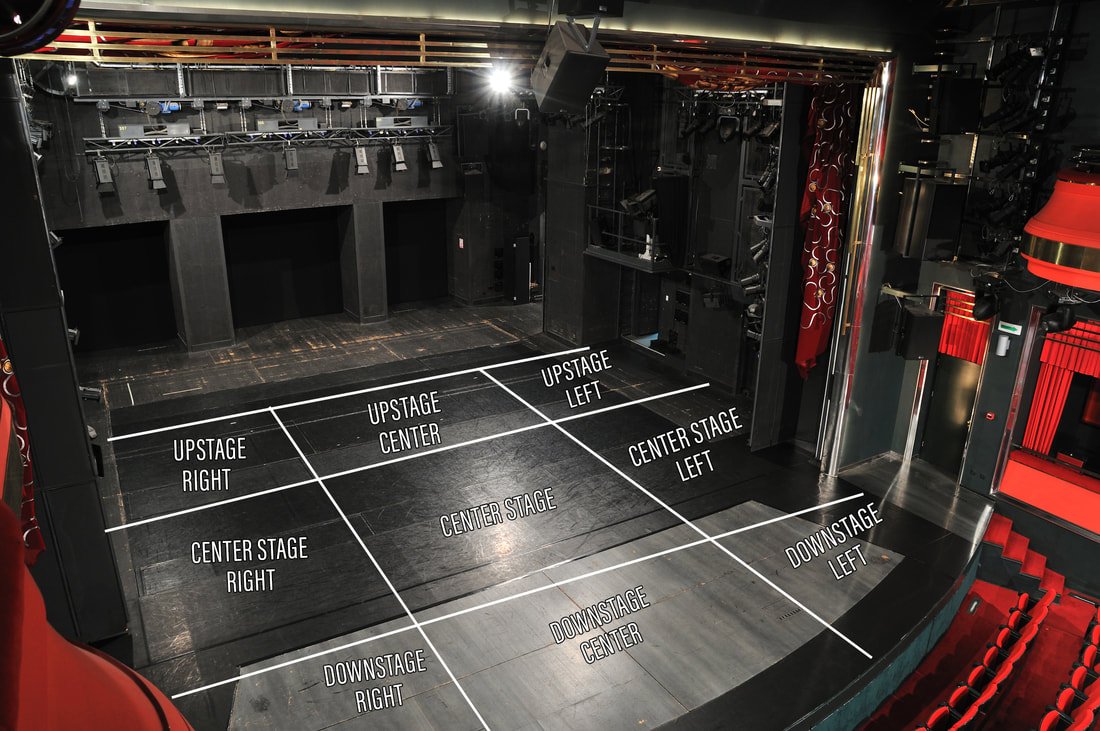|
Stage directions are instructions written into a script that dictate how an actor should move or what they should do in a scene.
In this Ultimate Guide, we'll dive deep on stage directions, including what they mean, where different parts of the stage are, and how to interpret them properly so you don't make a mistake and appear inexperienced! Related: Create Your Theater Resume (includes free Google Docs templates) Stage DirectionsStage directions in a script are there to give actors and directors a general sense of what should be happening in each scene. They tell actors where to stand/sit, whether to enter/exit, and even if an actor should say something a certain way (normally these instructions come from the Director, but some writers like to include performance notes if they're necessary to tell the story). Stage directions are usually very simplistic – only there to help readers understand the basics of what's going on. In fact, many directors will completely change the stage directions depending on the set and how they want the performance to go. In addition to informing actors of how to move or perform, stage directions also include information on lighting, scenery, and certain sound effects.
|
|
|
Martin Bentsen (author of this guide) is an actor marketing coach who uses strategic thinking to help actors book more work. He’s helped over 14,000 actors with their careers and actor headshots since 2009 and his photography studio City Headshots is ranked #1 on Yelp. He’s spoken at NYU, The New England Theater Conference, The Actor’s Green Room, and other venues. Want to book more acting work by thinking strategically? Start with his free Actor’s Toolkit to create new opportunities right away, or visit his website at www.martinbentsen.com. |
Some Additional Q&A
What are the 5 Stage Directions?
The 5 stage directions are center stage, stage right, stage left, upstage, and downstage.
What are the 9 Stage Directions?
The 9 stage directions are center stage, center stage left, center stage right, upstage, upstage left, upstage right, downstage, downstage left, and downstage right.
What is Stage Direction and Setting?
Stage direction and setting is essentially the basic information included in a screenplay to tell you where the scene is taking place and what movement is necessary for each actor during the scene.
Further Reading:
If you enjoyed this article (Stage Directions: The Ultimate Guide), you might be interested in some of these:
- How to Become an Actor: The Ultimate Guide
- How to Find Auditions: The Ultimate Guide
- Playwrights: A Top 20 List
Comments are closed.



